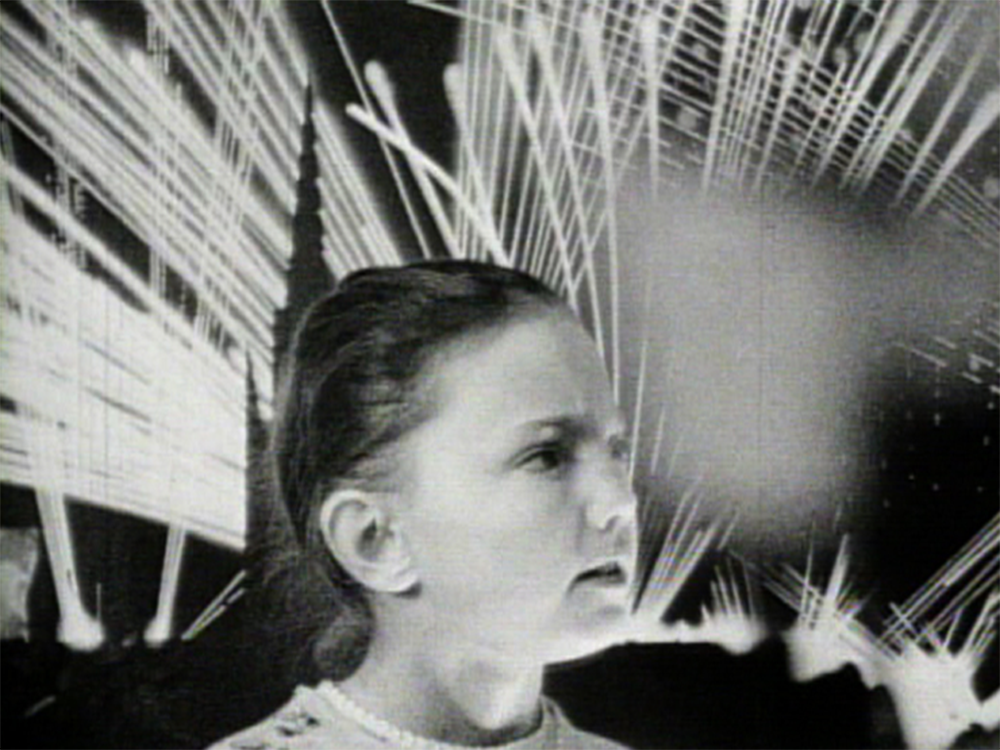
“Peggy and Fred is sometimes spoken of as ‘science fiction’, accurately to the extent that it’s a speculation of the fate of tomorrow. But the genius of the project aligns it more happily with an essay in natural history, like, for instance, Fabre’s insect census, but minus the template of moral metaphor. Peggy And Fred narrates a moral history of dystopia informed by cinephilia as the master science.
[...] Indeed, by conventional standards of narrative, nothing happens, or, rather, the minutiae of childhood play and reverie needs to be viewed and heard closely, and honored. In any case, the origin and the goal is that of history-to-come, not yet recorded. It will be, then, a history of the species’ illusions, the shards of the race’s cultural/genetic memories, and a knowledge of tribulation but not of shame, all carried through in the bodies of two people approximately adolescent. It is an interesting, patient, aspiration.”
Bill Horrigan1
“Peggy and Fred wordt soms beschouwd als science fiction, en dat is, voor zover het een toekomstspeculatie is, juist. De geest van het geheel komt echter meer overeen met een natuurhistorisch essay zoals bijvoorbeeld Fabres opsomming van insecten, maar dan zonder morele metafoor. Peggy and Fred vertelt een natuurlijke historie van distopie, gevormd door de cinefilie als meesterwetenschap. Maar het is een geschiedenis in delen.
[...] Er gebeurt inderdaad naar conventionele maatstaven niets, of, liever gezegd, de kleinigheden uit de jeugd spelen een belangrijke rol; er moet goed gekeken en geluisterd worden naar dromerijen en deze moeten op waarde geschat worden. In ieder geval is opzet en doel de geschiedenis die nog komen gaat, die nog onbeschreven is. Het zal dus een geschiedenis zijn van de illusies der mensheid, van de brokstukken van haar culturele/ genetische herinneringen, en een weten van rampspoed, maar niet van schaamte, en dit alles volvoerd in de gedaante van twee bijna adolescente mensen. Het is een interessant, geduldig streven.”
Bill Horrigan2